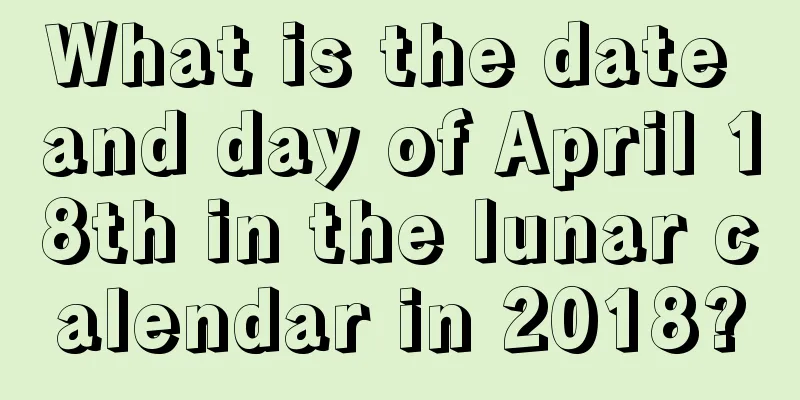When did the Dragon Raising its Head on February 2nd originate?

my country has a long history and many of its customs and habits have been passed down for thousands of years. February 2 is a traditional festival in my country and has been present in all dynasties. So when was the origin of the Dragon Raising its Head? The beautiful spring has arrived, flowers are blooming, birds are singing, all things are beginning to wake up, and there is a vibrant scene everywhere. The Fortune Teller website takes you to experience the second month of the lunar calendar in 2018!When did the Dragon Raising its Head on February 2nd originate?On the second day of the second month, the dragon raises its head. According to legend, the second day of the second month is the day when Emperor Huangdi was born. It is said that the Dragon Head Festival originated in the era of Fuxi, who "emphasized agriculture and farming". On the second day of February every year, "the empress sent food and the emperor personally plowed the fields."During the reign of King Wu of Zhou, a grand ceremony was held on the second day of the second month every year, calling on all civil and military officials to personally plough the land. February 2 is the Dragon Head Festival, which was said to have been the "Flower Festival" in the Song Dynasty, and this day was designated as the birthday of all flowers. In the Yuan Dynasty, it was called "Tasting Festival", and people went out for outings and picnics on this day. Some people pick some pampas leaves (a kind of flower leaves growing on the ground) along the way when they go home from an outing and take them back to worship in front of their door. This custom is a metaphor for "welcoming wealth". During the Ming and Qing dynasties, this day was called the "Dragon Raising its Head" day because the second day of the second month of the lunar calendar falls around the "Qingzhe" solar term. Many animals, such as snakes, earthworms, frogs, etc., enter a hibernation state without eating, drinking or moving in winter. This is called "hibernation". Around February 2, the weather gradually warms up, and some insects and animals seem to be awakened from their sleep by the spring sunshine and thunder, so this festival is named "Qingzhe". The big dragon in the folk legend does not actually exist. That kind of dragon was imagined by our ancestors based on snakes, earthworms, etc. Around the second day of February, spring returns to the earth. People hope that the dragon will come out to suppress all harmful poisonous insects and hope for a good harvest. This is the saying "On the second day of the second month, the dragon raises its head." |
>>: Is it auspicious to open a store on the first day of the second lunar month in 2018?
Recommend
Is the 20th day of the 12th lunar month in 2019 an auspicious day?
Is the 20th day of the 12th lunar month in 2019 an...
Where is the God of Happiness on the 9th day of the 10th lunar month in 2018?
The tenth month of the lunar calendar is a new mo...
Is the first day of the eighth lunar month in 2020 a good date? Is it suitable for opening a new store?
The eighth month of the lunar calendar is also kn...
What is the zodiac sign of a child born on July 21, 2021 in the lunar calendar? What's your personality like?
The twelve zodiac signs are divided according to t...
What is the lunar calendar for April 20th, 2022? Can I install a door?
The fourth month of the lunar calendar is the mont...
Feng Shui of windows: how to open windows for good Feng Shui
Introduction: Windows are an important channel fo...
Can I move house or move into a new home on the tenth day of the sixth lunar month in 2017?
1. What day is the tenth day of the sixth lunar m...
Is it a good idea to propose on the 15th day of the second lunar month in 2022? How to propose?
Although everyone has heard of marriage proposal, ...
In which direction is the God of Happiness on April 19th of the leap lunar calendar in 2020?
In which direction is the God of Happiness on Apr...
Is it a good time to renovate in the seventh month of the lunar calendar in 2022? Check the auspicious days for renovation
The seventh lunar month is about to end. Is the 27...
Are people born on the Beginning of Autumn good? At which month of pregnancy is it possible to have a baby during the Beginning of Autumn?
Beginning of Autumn is the thirteenth of the twent...
Is March 13 (April 5), 2020 suitable for opening a new store or company?
Opening a business is a big event, and the openin...
Is the Grain Rain solar term a good day? What does it mean?
Grain Rain is the sixth solar term in a year and t...
Is the National Day Police Station open for business? Can the police station issue ID cards during the National Day in 2017?
Introduction: The National Day holiday is coming, ...
Is June 19, the day after the beginning of autumn in 2020, a good day? Is the beginning of autumn in 2020 in the last dog days?
Introduction: Different days unfold in different w...









